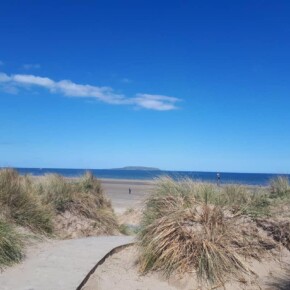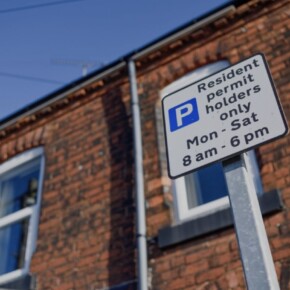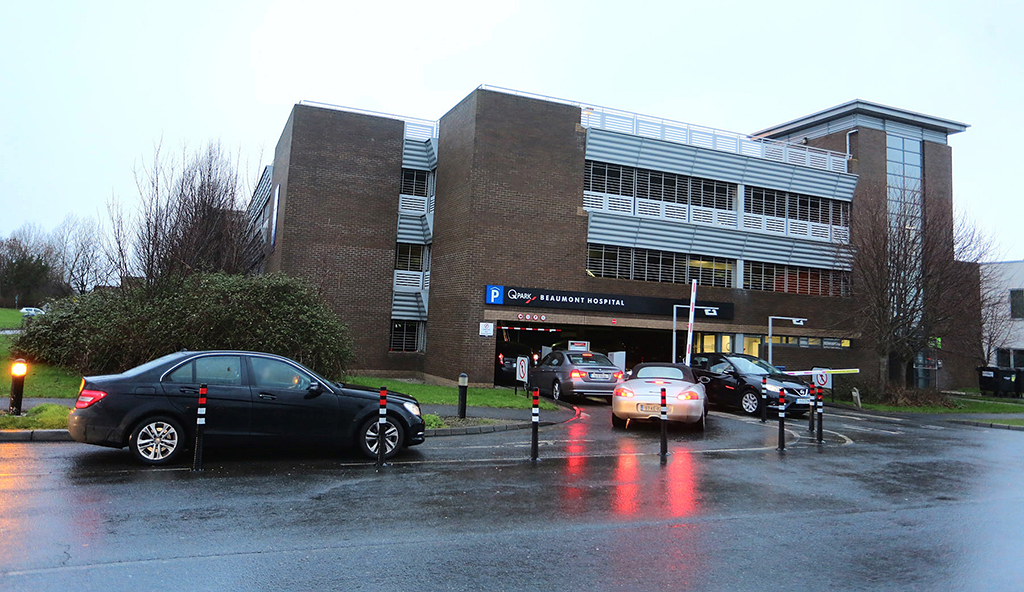Remembering Cumann na mBan
Dublin People 26 Jul 2014THE revolutionary role of women remains an untold story of Irish history.
At best, this story is overlooked. In the worst cases, however, the role of women is deliberately written out of the official narrative. In spite of this, Irish women have always played a very prominent role in the course of our nation’s history.
April 2014 marked the centenary of Cumann na mBan. Established by radical and patriotic women in Dublin, Cumann na mBan was a revolutionary Irish Republican Women’s Organisation and formed the female section of the Irish Volunteers.
Cumann na mBan was dedicated to organising women to play their part in the struggle for Irish Freedom and Women’s Liberation.
On April 2 1914, the organisation held its first official meeting in Wynn’s Hotel, Dublin, where six months earlier, a similar meeting had established the Irish Volunteers.
Those present elected an organisational committee which consisted of Agnes O’Farrelly, Agnes MacNeill, Nancy O’Rahilly, Mary Colum, Jennie Wyse-Power, Louise Gavan-Duffy, Maire Tuohy and Maureen MacDonagh O’Mahoney.
By 1916, Cumann na mBan had 43 branches across the country. Dublin was home to three branches. The Central Branch, which met at 25 Parnell Square, the Columcill Branch, organised from Blackhall Place and Inghinidhe na nÃ?ireann, which was based at No. 6 Harcourt Street.
Countess Markievicz became president of the organisation in 1916. Other prominent members included Winifred Carney, Ãine Ceannt, Kathleen Clarke, Nora Connolly O’Brien, Elizabeth O’Farrell and Margaret Skinnider.
Many of these women held dual membership in James Connolly’s Irish Citizen Army. Unlike the Irish Volunteers, women in the Irish Citizen Army took full combat roles and held leading ranks within the organisation. James Connolly always ensured that his organisation practiced and promoted full equality amongst the sexes.
Easter Rising
Seventy-seven women of Cumann na mBan answered the call to arms on Easter Monday 1916 and played a full part in the Rising.
The Republic that the rebels were fighting for promised to be one where the rights of women were recognised. The Proclamation of the Republic set out this vision, addressing both
‘Irishmen and Irish Women’ and by promising to cherish
‘all the children of the nation equally’.
Cumann na mBán members such as Countess Markievicz, Margaret Skinnider, Winifred Carney and Elizabeth O’Farrell played key roles during Easter week and risked their lives fighting for a free, independent Ireland.
After the rising, many members of Cumann na mBan were imprisoned, but the organisation managed to maintain its structure. In the aftermath of the Rising, it was the stalwart work of Cumann na mBan, including speaking tours in America and Britain, that won many to support the idea of an Independent Irish Republic.
The Tan War
The execution of 16 leaders of the Rising and the widespread imprisonment of the participants, led to a significant increase in popular support for the Irish Republic. This resulted in the establishment of An Chéad Dáil �ireann, a radical Irish Government, which declared an Independent Irish Republic in 1919.
Countess Markievicz and a number of other members of Cumann na mBan were elected to the first Dáil, with Markievicz being appointed as Minister for Labour.
As the inaugural sitting of An Chead Dáil took place in Dublin, the first shots of what has become known as
‘The Tan War’ were fired in Tipperary, by a local unit of the Irish Republican Army. Once again, Cumann na mBan would play an active part throughout that war.
Combined with the fight for freedom, during the revolutionary period of 1919-1921, Cumann na mBan played a key role in ensuring that the Irish Republic functioned on behalf of its citizens. Cumann na mBan women were central to the establishment and management of Dáil Courts, which became the popular republican alternative to the British system of justice in Ireland.
The Treaty and its Aftermath
Cumann na mBan were opposed to the 1922 Treaty and fought on the republican side in the war that followed its ratification. As a result the new Government of the Irish Free State arrested many of its members and interned them in Kilmainham Gaol.
Throughout Ireland’s revolutionary period, women, particularly those in Cumann na mBan and the Irish Citizen Army, played a key role in the national struggle.
As we celebrate the
‘Decade of Centenaries’ it is of the utmost importance that we highlight the part played by women, ensure it is celebrated and commit ourselves to writing this hidden story back into our history.
?¢Daithà Ã?’Riain is a Dublin-based historian, with a specific interest in social history and Ireland’s revolutionary period.











